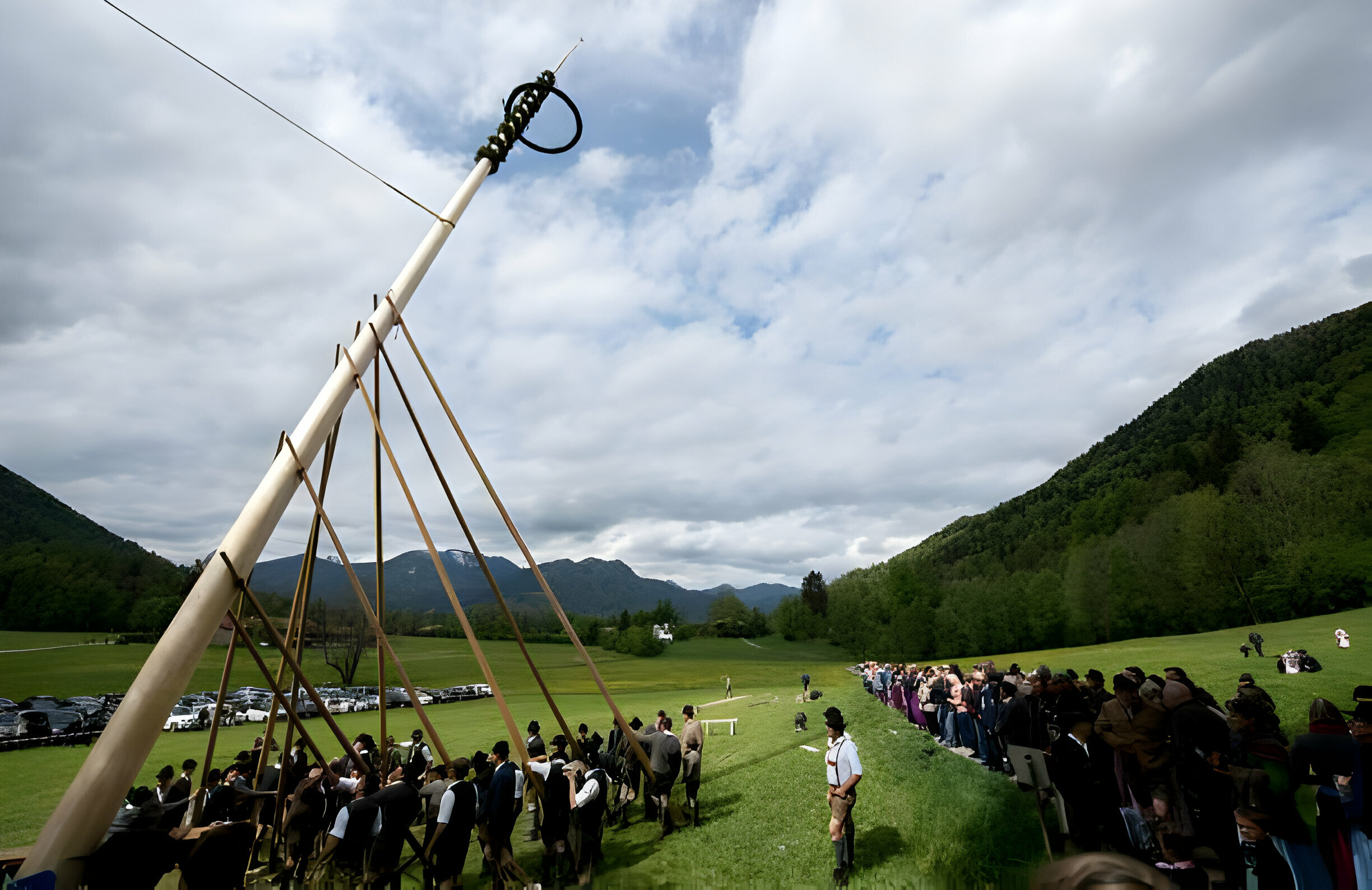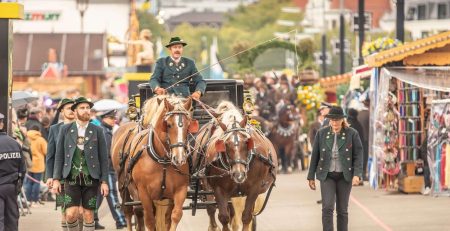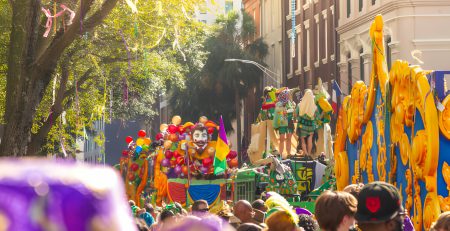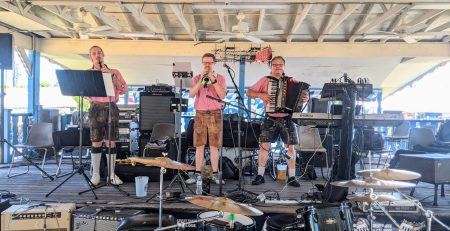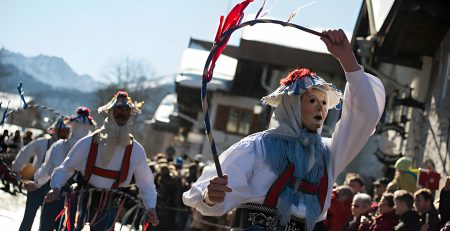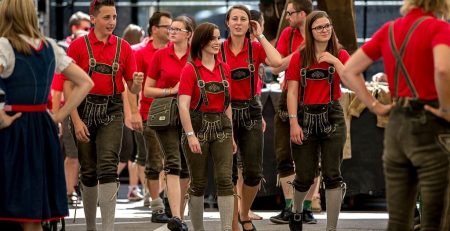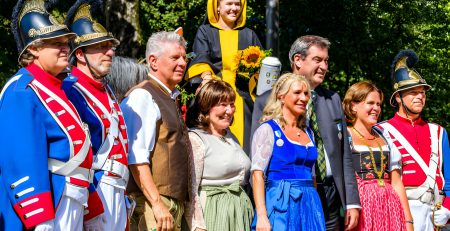Maypole celebrations in Bavaria, Germany
Maypole celebrations in Bavaria, Germany, are a cherished tradition that dates back centuries. These festivities, observed on May Day or “Maifest,” hold deep cultural significance and serve as a time for communities to come together in joyous celebration. In this article, we delve into the rich tapestry of Bavarian May Day traditions, exploring their historical roots, symbolic meanings, and enduring importance in modern times.
Historical Roots of May Day Traditions in Bavaria
To understand the significance of maypole celebrations in Bavaria, it’s essential to delve into their historical origins. The tradition of May Day festivities can be traced back to ancient pagan rituals that honored the arrival of spring and celebrated fertility and abundance. These customs evolved over time, blending with Christian traditions and becoming an integral part of the cultural fabric of Bavaria.
The Symbolism and Importance of the Maypole
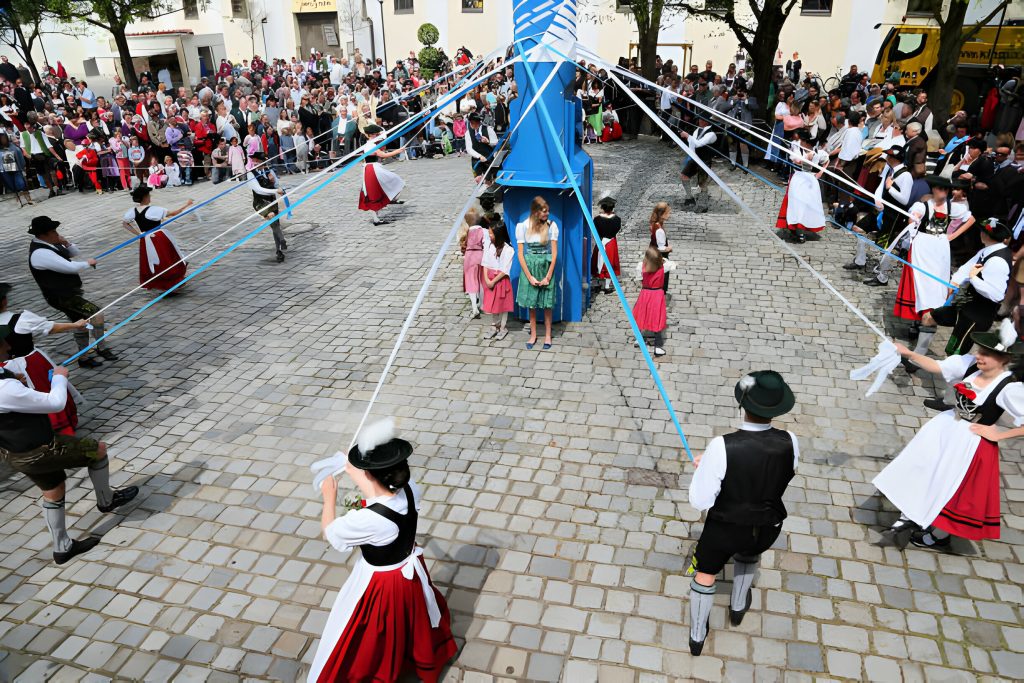
At the heart of Bavarian May Day celebrations lies the maypole, a towering symbol of fertility, community unity, and the rejuvenation of nature. The Maypole represents the axis mundi, the cosmic axis that connects the heavens, earth, and the underworld. It symbolizes the cyclical nature of life, the balance between masculine and feminine energies, and the promise of new beginnings.
Preparation and Decoration of the Maypole
In the days leading up to May Day, communities in Bavaria come together to prepare and decorate the maypole. This often involves gathering natural materials such as flowers, ribbons, and greenery to adorn the pole in colorful splendor. Each decoration carries its own symbolic significance, reflecting the values and traditions of the community.
Raising the Maypole: A Community Affair
The raising of the maypole is a highlight of May Day celebrations in Bavaria. It is a communal effort, with villagers young and old joining forces to hoist the tall wooden pole into place amidst cheers and traditional music. The process of raising the maypole symbolizes the coming together of the community and the collective spirit of cooperation.
Traditional Bavarian Music and Dance
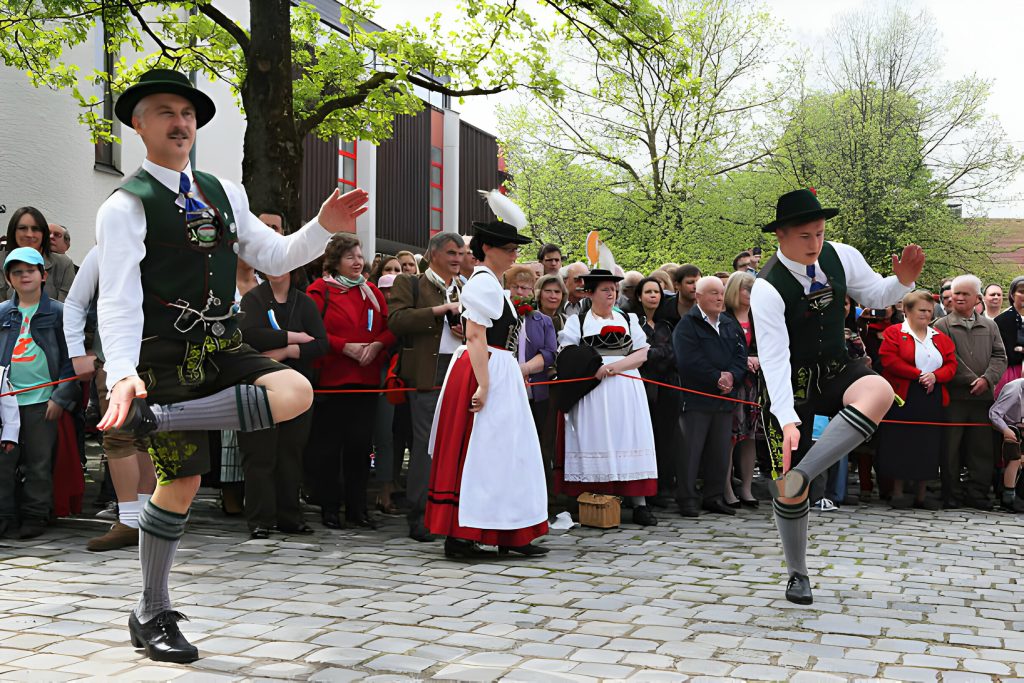
No May Day celebration in Bavaria would be complete without traditional music and dance. The lively tunes of folk musicians fill the air as locals and visitors alike gather around the maypole to participate in spirited dances and revelry. The Maypole dance, with its intricate patterns and weaving ribbons, is a sight to behold and a testament to the rich cultural heritage of Bavaria.
Maypole Climbing Competitions and Other Festivities
In addition to dancing, May Day festivities in Bavaria often feature maypole climbing competitions, where brave souls attempt to scale the towering pole to claim prizes or bragging rights. Other activities may include folk performances, artisan markets, and children’s games. These festivities add to the festive atmosphere and provide entertainment for all ages.
Maypole Traditional Costume in Bavaria
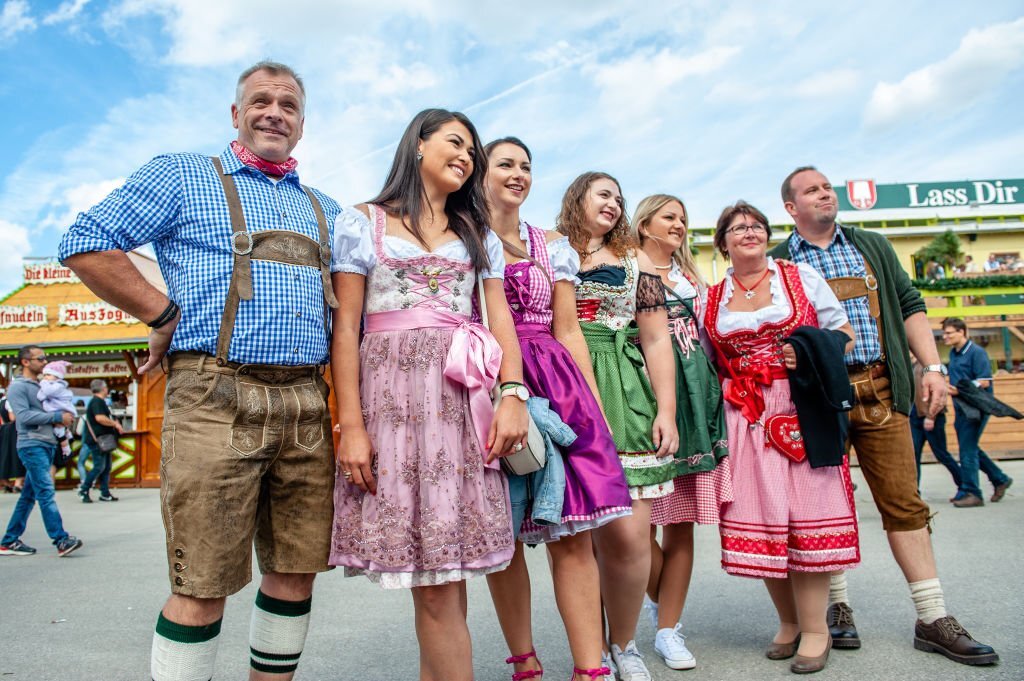
The traditional costume worn during maypole celebrations in Bavaria, Germany, reflects the region’s rich cultural heritage and adds to the festive atmosphere of the occasion. Known as “Tracht” or “Dirndl” for women and “Lederhosen” for men, these traditional garments are steeped in history and symbolism.
Dirndl
For women, the traditional costume typically consists of a dirndl, which is a dress with a tight-fitting bodice, a full skirt, and an apron. The bodice is often adorned with intricate embroidery or lace, and the colors and patterns may vary depending on the region and individual style preferences. The dirndl is usually paired with a blouse, often featuring puffed sleeves and delicate detailing.
In addition to the dirndl, women may accessorize their traditional costume with items such as a decorative apron, a lace shawl or scarf, and traditional jewelry such as a choker necklace or earrings. Hairstyles may vary, but braids or buns adorned with flowers or ribbons are common choices for Maypole celebrations.
Lederhosen
For men, the traditional costume typically consists of lederhosen, which are short leather trousers usually worn with suspenders. The lederhosen may be plain or adorned with decorative stitching, and the color can range from light tan to dark brown. Paired with a traditional shirt, often made of linen or cotton, and sturdy leather shoes, lederhosen complete the quintessential Bavarian look for men.
Accessories for men may include a hat, such as a felt or wool fedora adorned with feathers or decorative pins, as well as socks with intricate patterns or embroidery. Some men may also wear a traditional vest or jacket, particularly for formal occasions or festive celebrations like maypole festivities.
Overall, the traditional costume worn during Maypole celebrations in Bavaria reflects the region’s rich cultural heritage and adds to the sense of camaraderie and tradition that defines these festive occasions. Whether adorned in a dirndl or lederhosen, participants proudly embrace their heritage and celebrate the beauty of Bavarian culture during these joyous festivities.
Culinary Delights of May Day Celebrations
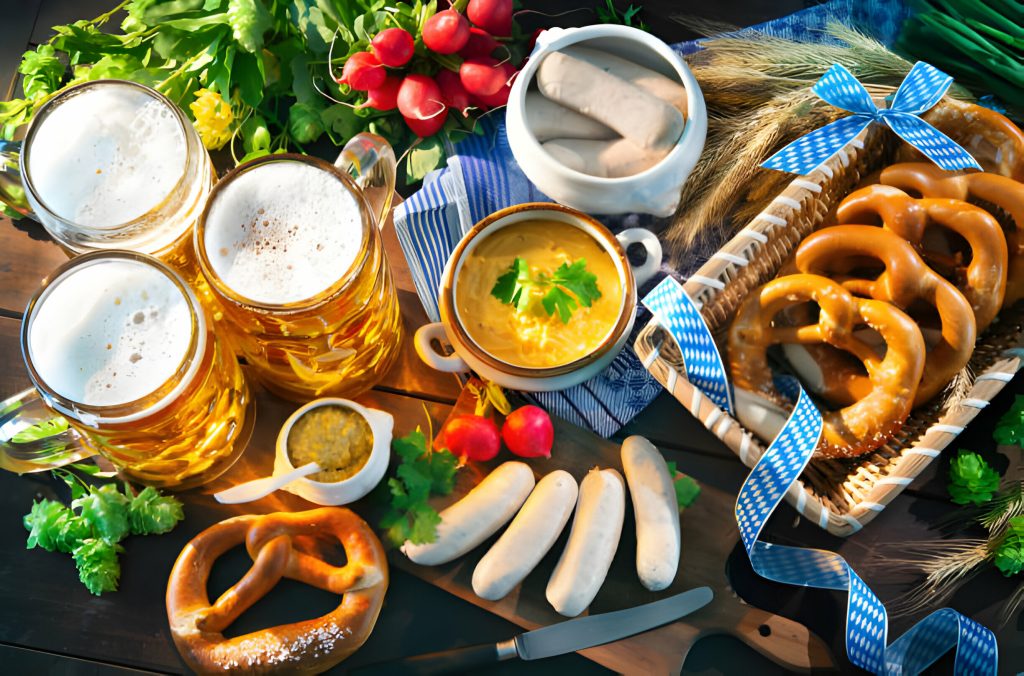
Food plays a central role in Bavarian May Day celebrations, with traditional delicacies such as weißwurst, pretzels, and hearty stews delighting the palate of revelers. Local breweries also offer a variety of refreshing beers to accompany the festivities. The culinary delights of May Day add to the sensory experience and contribute to the overall enjoyment of the celebrations.
The Role of May Queens in Bavarian Festivities
Maypole celebrations in Bavaria often include the crowning of a May Queen, a young woman chosen to preside over the festivities. The May Queen symbolizes the beauty and vitality of spring, and her presence adds a touch of elegance to the proceedings. The crowning ceremony is a highlight of the celebrations, and the May Queen is revered by all who attend.
Modern-Day Maypole Celebrations: Preserving Tradition
While the essence of May Day celebrations in Bavaria remains unchanged, modern innovations such as live streaming and social media have helped to spread the joy of the festivities to a wider audience, ensuring that this cherished tradition continues to thrive. Efforts to preserve and promote Bavarian May Day traditions ensure that future generations can experience the magic of these timeless celebrations.
Maypole Celebrations Across Bavarian Villages and Towns

From quaint rural villages to bustling city squares, Maypole celebrations can be found in communities throughout Bavaria. Each locale puts its own unique spin on the festivities, reflecting the diverse cultural heritage of the region. Whether large or small, May Day celebrations in Bavaria are a testament to the enduring spirit of community and tradition.
Cultural Significance and Heritage Preservation
Maypole celebrations are not just a time for merriment; they also play a vital role in preserving Bavaria’s cultural heritage. By honoring age-old traditions and passing them down to future generations, communities ensure that their rich heritage continues to endure. Efforts to document and safeguard Bavarian May Day traditions help to keep these customs alive for years to come.
Visitor Experience: Participating in Bavarian May Day Festivities
For visitors to Bavaria, May Day celebrations offer a unique opportunity to immerse themselves in local culture and traditions. Whether joining in the Maypole dance or sampling traditional Bavarian cuisine, the experience is sure to leave a lasting impression. Visitors are welcomed with open arms and encouraged to partake in the festivities, fostering a sense of camaraderie and connection with the local community.
Challenges and Innovations in Maypole Celebrations
While May Day traditions in Bavaria remain strong, challenges such as changing demographics and urbanization present new hurdles to overcome. However, innovative approaches and community engagement efforts are helping to ensure that these cherished traditions endure for generations to come. By embracing change while staying true to their roots, Bavarians are preserving the magic of May Day celebrations for future generations to enjoy.
Conclusion
In conclusion, May Day celebrations in Bavaria are a testament to the enduring spirit of community and tradition. Through music, dance, and camaraderie, Bavarians come together each year to celebrate the beauty of spring and the rich cultural heritage of their beloved region. Maypole celebrations serve as a reminder of the importance of preserving traditions and fostering connections with one another, ensuring that the spirit of May Day lives on for generations to come.

